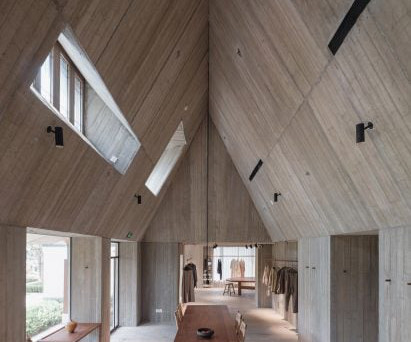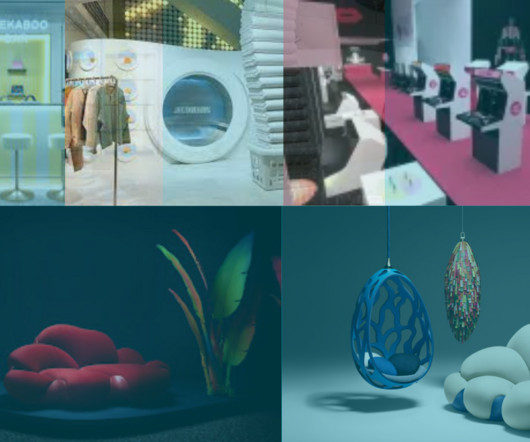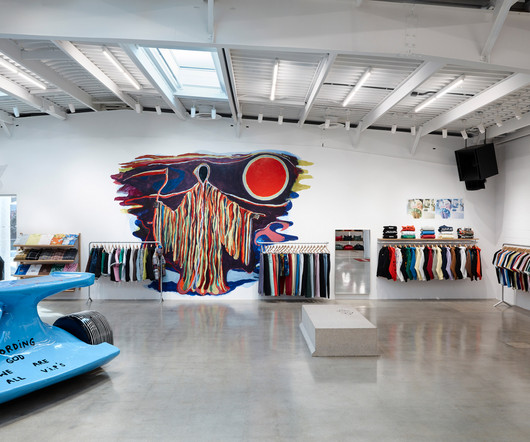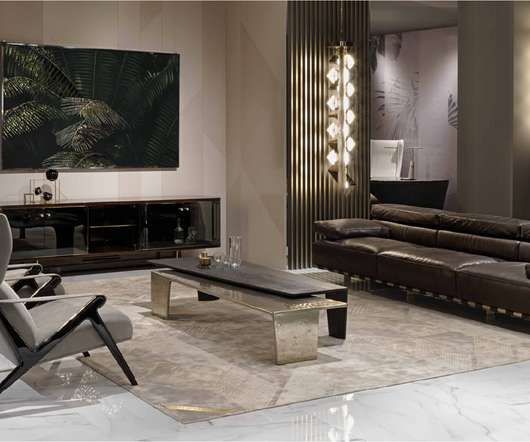Neri&Hu creates "wooden hut" and "cave-dwelling" interiors for Shanghai stores
Dezeen
MAY 8, 2024
Chinese studio Neri&Hu has completed two retail spaces for Shanghai fabric and fashion company Jisifang, using wood and concrete to evoke "a more primitive state of being". Skylights on the ceiling, as well as full-height glass windows on one side, fill the space with plenty of natural light.












Let's personalize your content